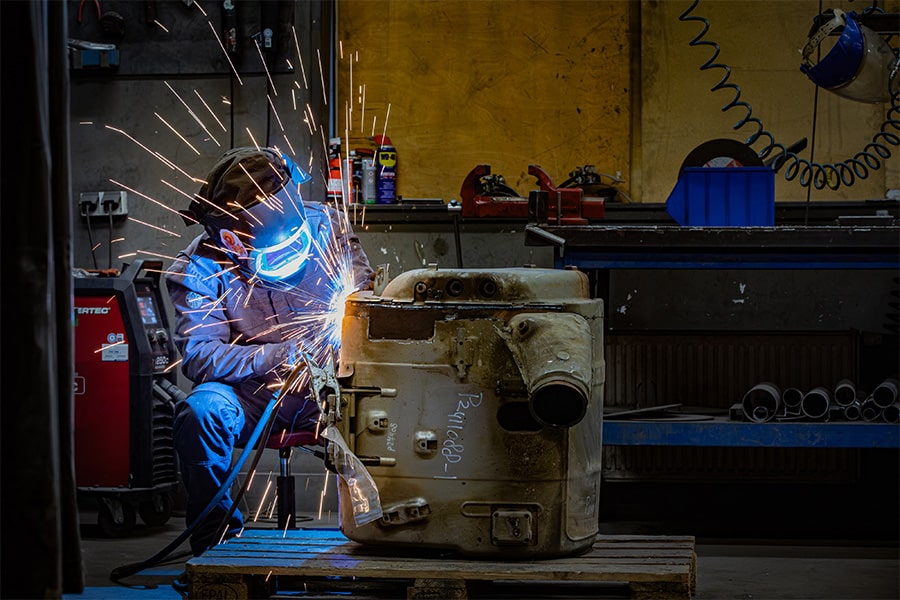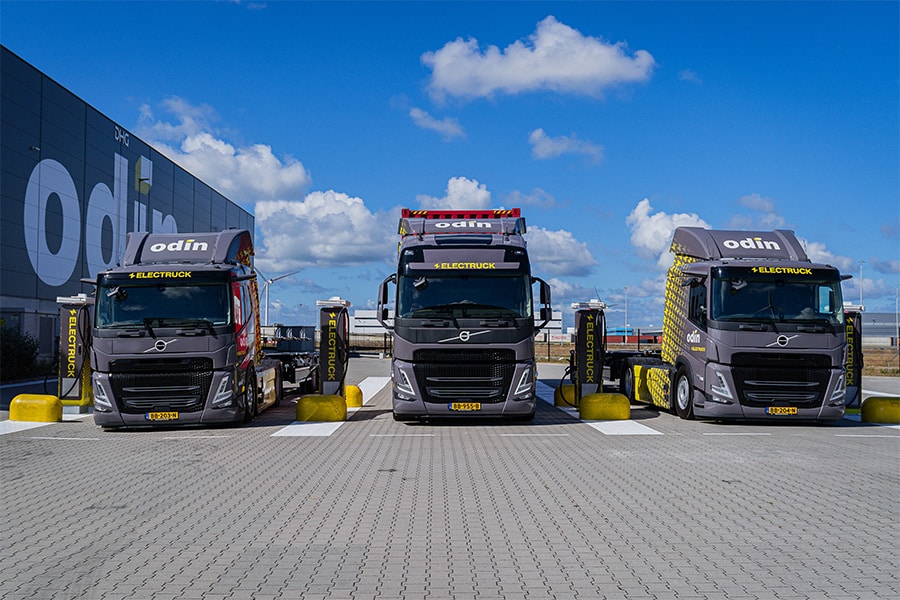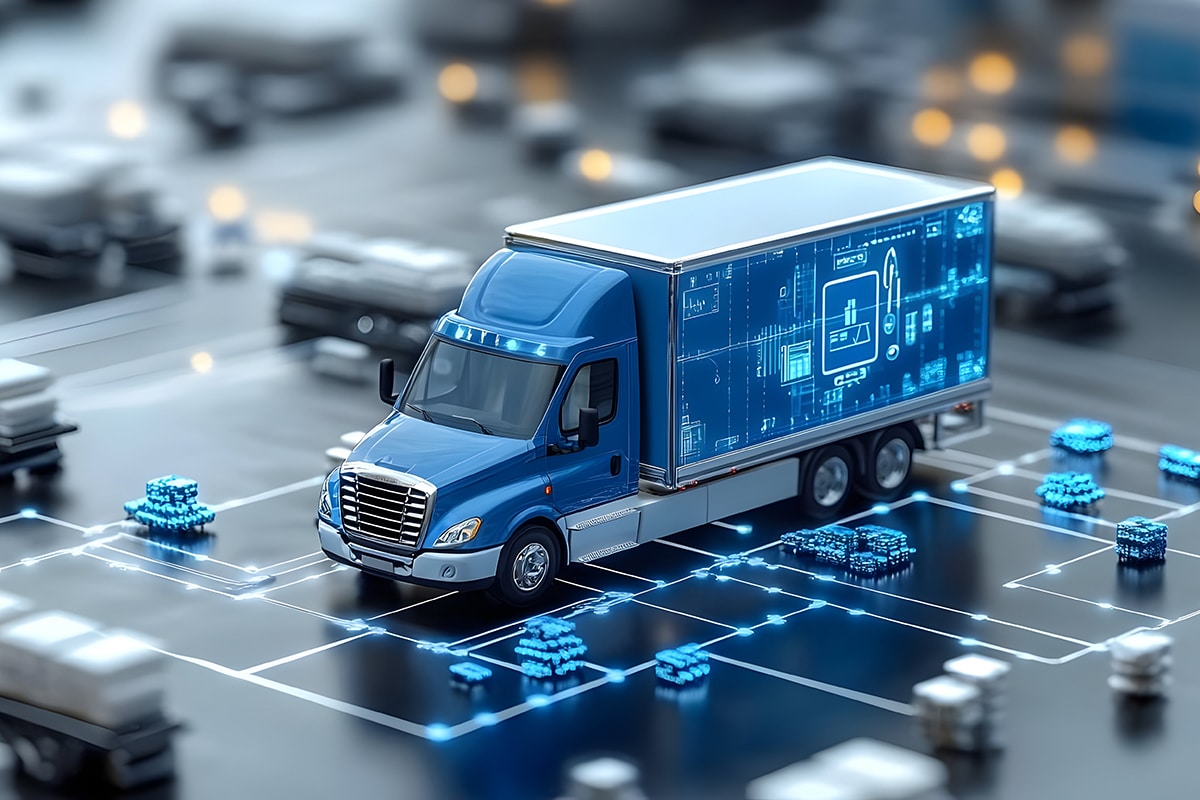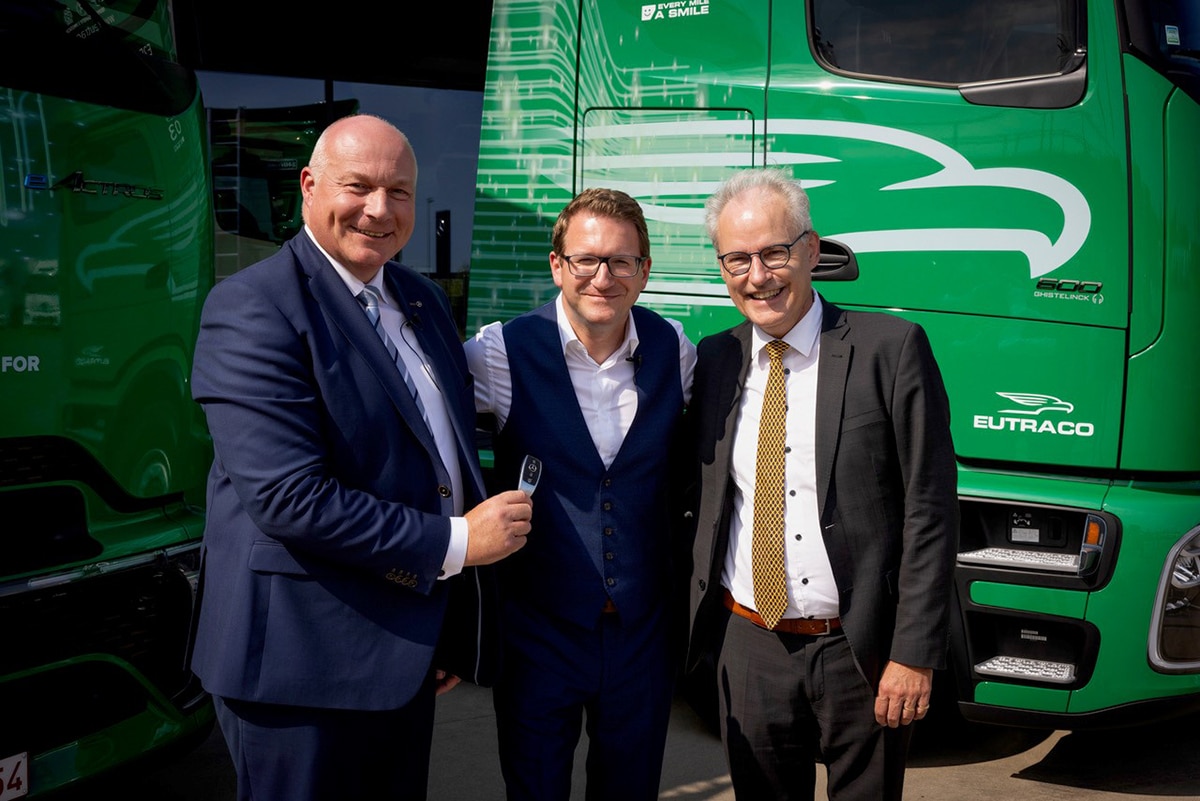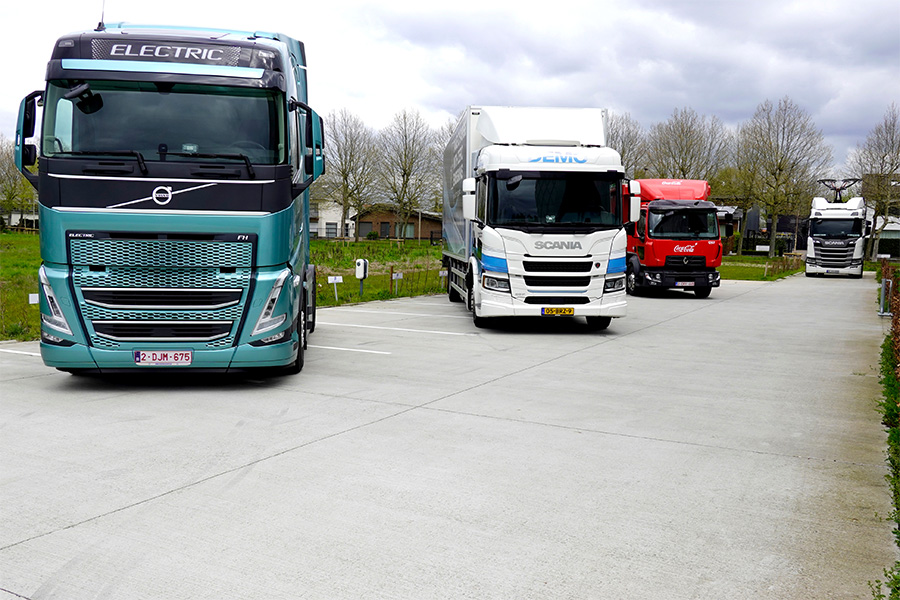
Logibat project VIL expects breakthrough electric driving in transport sector
Road freight transportation is moving toward a zero-emission future. As you can read in this magazine, truck manufacturers are increasingly pulling the card of electric driving. In the Logibat project, VIL, the innovation platform for logistics, investigated what the operational and economic conditions are to make battery-electric transport possible and what the requirements are to roll out a nationwide charging network.
Anno 2023, battery technology is undergoing spectacular development. As a result, the battery-electric vehicle is increasingly coming into the picture for cost-efficient and sustainable transport. In addition, ever more stringent regulations and the increasing pressure for sustainability are challenging the logistics sector to show its colors. And truck manufacturers - both established names and newcomers - are also giving a clear signal that the pioneering phase is over: they are taking their first steps toward series production. The fact that battery technology is becoming increasingly powerful means that heavy-duty battery-electric trucks with a driving range of several hundred kilometers are already a reality. Partly due to the favorable price evolution, this tecnology has a good chance of a relatively quick breakthrough. In Europe, "gigafactories" are being rapidly built for the purpose of battery production. This factor can also serve as an accelerator in the electrification of freight transport.
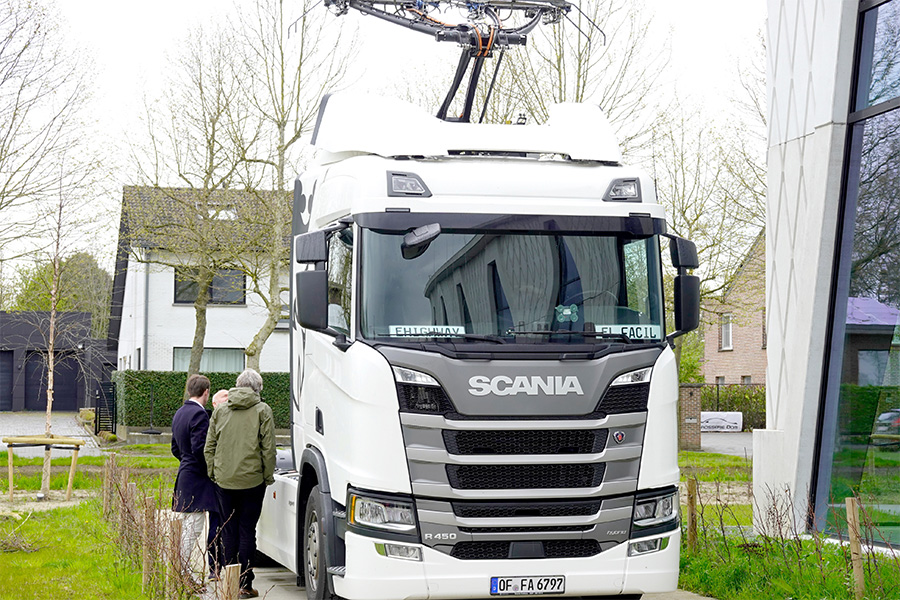
Clarifying Logibat project
In late April 2023, VIL presented the results of the Logibat project. In this project, which kicked off in May 2021, VIL and 31 companies mapped the landscape of battery-electric freight transport. What is already possible within this domain today? What developments can we expect in the near term? And what challenges still need to be addressed for a wider rollout of electric freight transport? During the closing event, project leader Sven Geysels summarized the most important highlights.
Joining forces
"Electric trucks are no longer a distant future, but are gradually becoming a reality," Sven confirms. "They will start to play at least a substantial role in all segments of our freight transport and create an unprecedented revolution in the transport sector. The transport sector, the energy sector and the government must now join forces."
At the operational level, electric driving requires a new way of working. Charging must be integrated into operations. "This need not be disadvantageous," says Sven. "The trucks' batteries can be charged while they are stationary, such as at night at depots, at loading docks or during waiting or rest periods."
Getting to know each other
The Logibat project also shows that the transportation and energy sectors need to get to know each other well. "For example, transport companies will have to fundamentally change their approach to purchasing energy," Sven points out. "Also, the necessary infrastructure will have to be in place in the right places in time so that drivers can charge their (freight) vehicles smoothly and sufficiently. Energy suppliers can also help the transport sector obtain electricity in a cost-effective way."
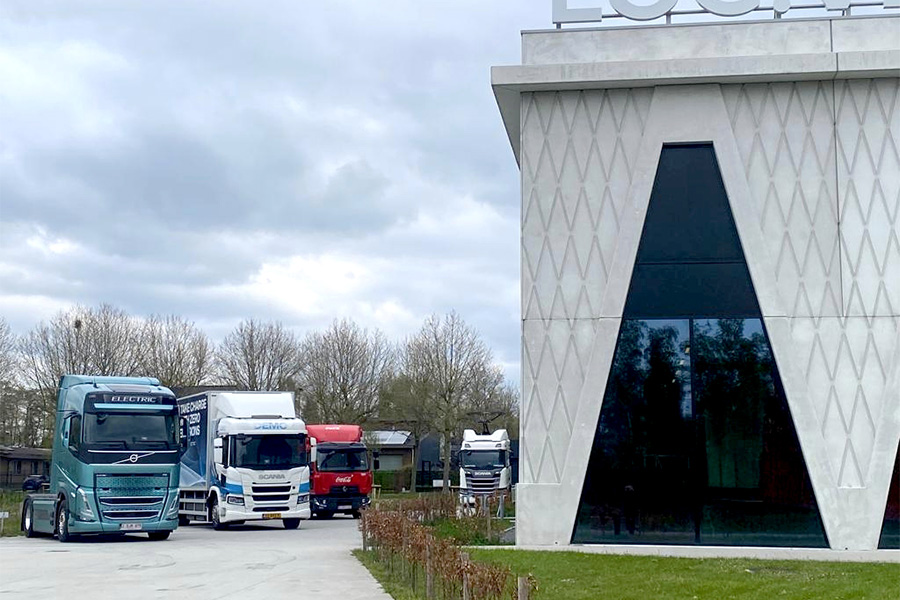
Adjusted driving and rest periods
The project shows that the government also has an essential role to play. It must create a framework within which these objectives can be realized. "After all, this is a new technology with very high potential. To break through in a competitive market, financial and non-financial support is needed."
"Adjustments to driving and rest periods can respond to the needs of electric freight transport. This is emphatically not a plea to erode social protection, nor to compromise road safety. However, it would be a great help if there was some flexibility so that truck drivers could still reach the nearest charging point, or that they could possibly move their cars during a rest break so that another truck could use the charging point," Sven said.
"Emission-free driving by 2035"
One of the companies participating in the Logibat project is Colruyt. "Colruyt Group has the ambition to drive emission-free by 2035. Projects like Logibat help us in achieving this ambition because they allow us to operate in an ecosystem that helps support and enable electric driving. Together with other companies, the government and research institutions, we believe we can make the transition a reality," said Pieter Leonard, Sustainable Transport Expert at Colruyt Group. ■
